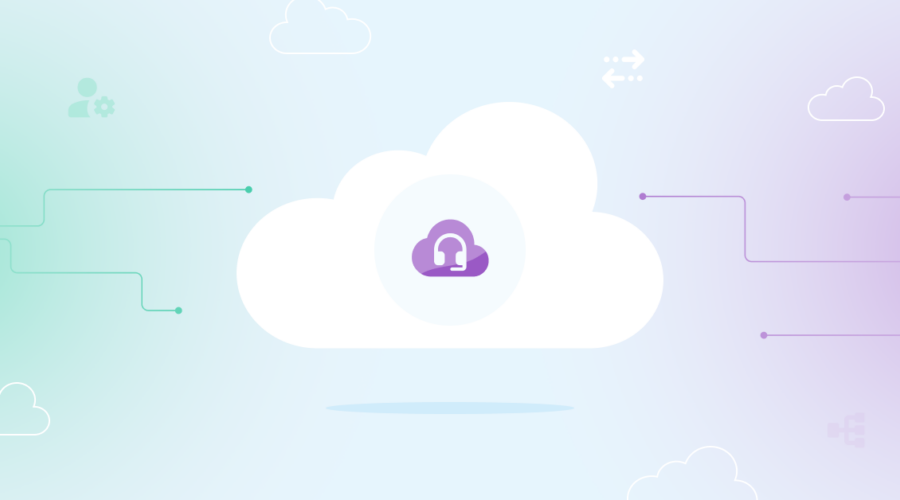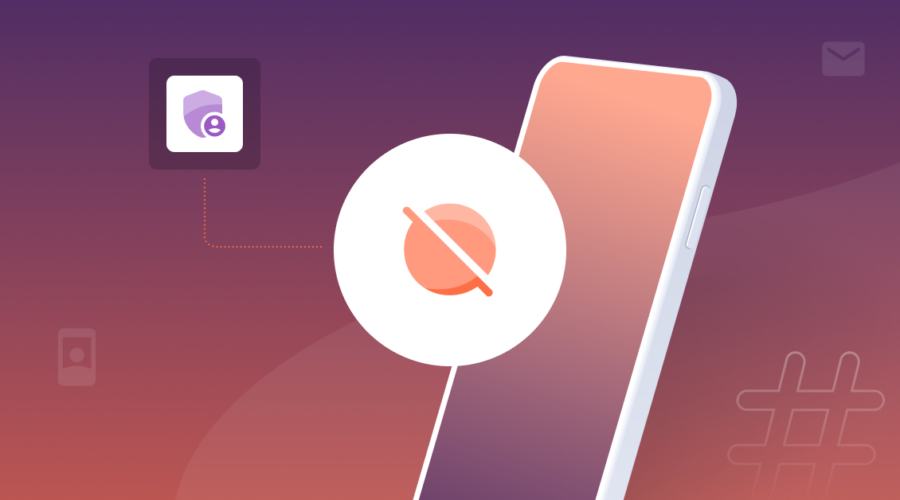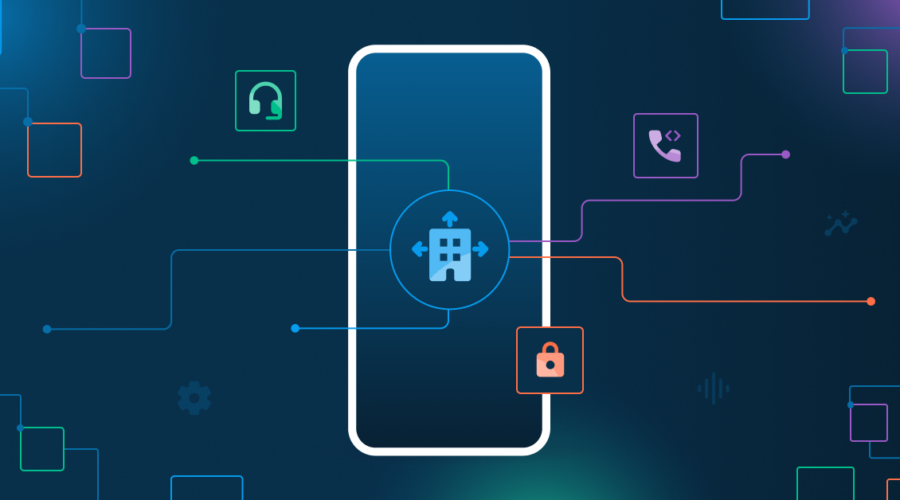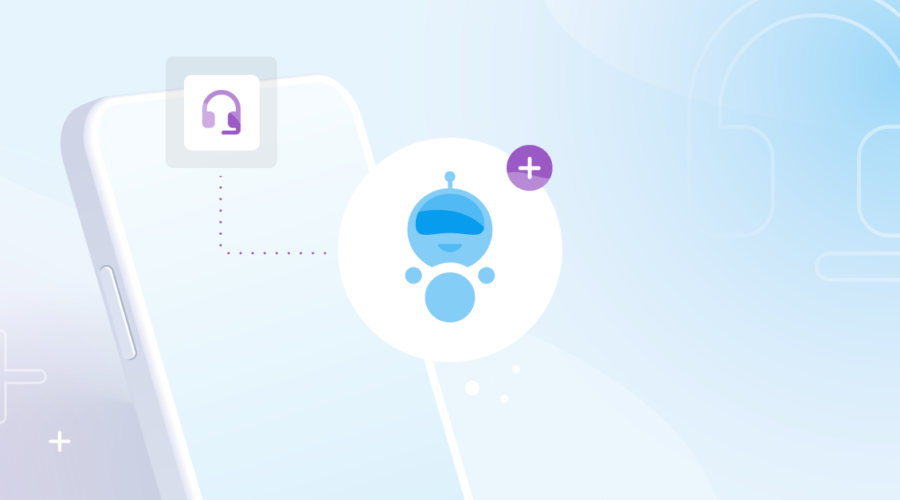Automatic Number Identification (ANI)
Automatic Number Identification (ANI) is the automatic determination of the caller’s telephone number on a call, including for billing purposes. While this may sound similar to the Caller ID function, it’s important to note that ANI always retrieves the direct phone number you’re getting a call from.
ANI is also a more granular telephone number data point than Caller ID, which can also include information like CNAM. If someone calls from an office extension, Caller ID may fetch the main number of the business, not the actual number from which the call originated. Blocking the Caller ID should have no impact on ANI.
How does Bandwidth use ANI?
For outbound voice, our customers more or less tell us the ANI. For inbound voice (calls to our customer’s phone numbers), Bandwidth presents the ANI advertised by the terminating provider. The ability to identify numbers automatically can be used in emergency situations as well as for call centers that need to route numbers to the proper operator.
How is ANI used in a contact center or in other businesses?
ANI identifies the details of the incoming call, which can be helpful for businesses, especially contact centers. It’s generally pulled for inbound toll-free calls and was originally meant for billing purposes. However, now ANI has a few other use cases:
Call routing
ANI can help determine the region of the caller using the area code and enable call routing to the domestic contact center agents from that area. This can get customers to valuable service faster than IVR menus or routing them through various nodes of the phone tree.
Caller identification
When an organization’s CCaaS platform is integrated with their Customer Relationship Management (CRM) software, ANI can help them quickly check against their customer database and fetch customer context. This could be helpful in instantly identifying if the customer is cold/warm lead or fetch their order history.
Spoof detection
ANI can also help play a significant role in caller authentication. ANI validation helps check if the phone call received is indeed being made from the device that owns the number. Thus, spoof risk can be assessed based on ANI validation.
E911
Legally, VoIP providers interconnecting to the PSTN must transmit E911 calls which include the caller’s registered location and ANI to the Public Safety Answering Point (PSAP) or the appropriate local emergency authority.
How can Bandwidth help you use ANI to create value?
The above ANI use cases bring many benefits by identifying the originating phone number:
Personalized customer experience
Contact centers can offer a more personalized experience by identifying callers’ area code and existing CRM records(if any). Be it connecting to the most relevant operator in their area or being able to pre-identify which orders customers might be having issues with can form a better and faster customer experience.
Improved safety for emergency services and calls
Bandwidth’s ability to provide ANI allows for a secure, comprehensive service that is especially useful for emergency services and call centers.
Secure, cost-effective contact center
Using ANI validation, Bandwidth’s Call Verification helps contact centers authenticate callers before their calls reach your agents. It is important information for spoof and fraud scores to fast-track genuine customers and hold back suspicious callers.
Use ANI to create value
Bandwidth’s ability to provide ANI allows for a secure, comprehensive service that is especially useful for emergency services and call centers.
By providing information on the dialer of a call, emergency services can locate them and direct help their way without the caller having to provide that information.
Call centers can benefit by having information that allows for callers to be directed to the best possible operator in their area. This can provide a better user experience and enable callers to get help faster when it matters most.
ANI FAQs
While ANI shows the phone number of the dialer, a dialed number Identification service (DNIS) shows the number that was dialed to reach the business. This is especially useful when a business offers customers multiple ways to reach them via different marketing materials. Using DNIS, they can determine which number was dialed, and in turn, broadly determine which service/area they meant to reach or where they found the business’ number.
ANI validation helps check whether a call is coming from the device that owns the number. ANI matching is when businesses check if the calling number matches an existing customer account. For caller authentication, ANI validation boosts the effectiveness of ANI matching. Without ANI validation, contact centers may risk matching a spoofed number with a customer account.




